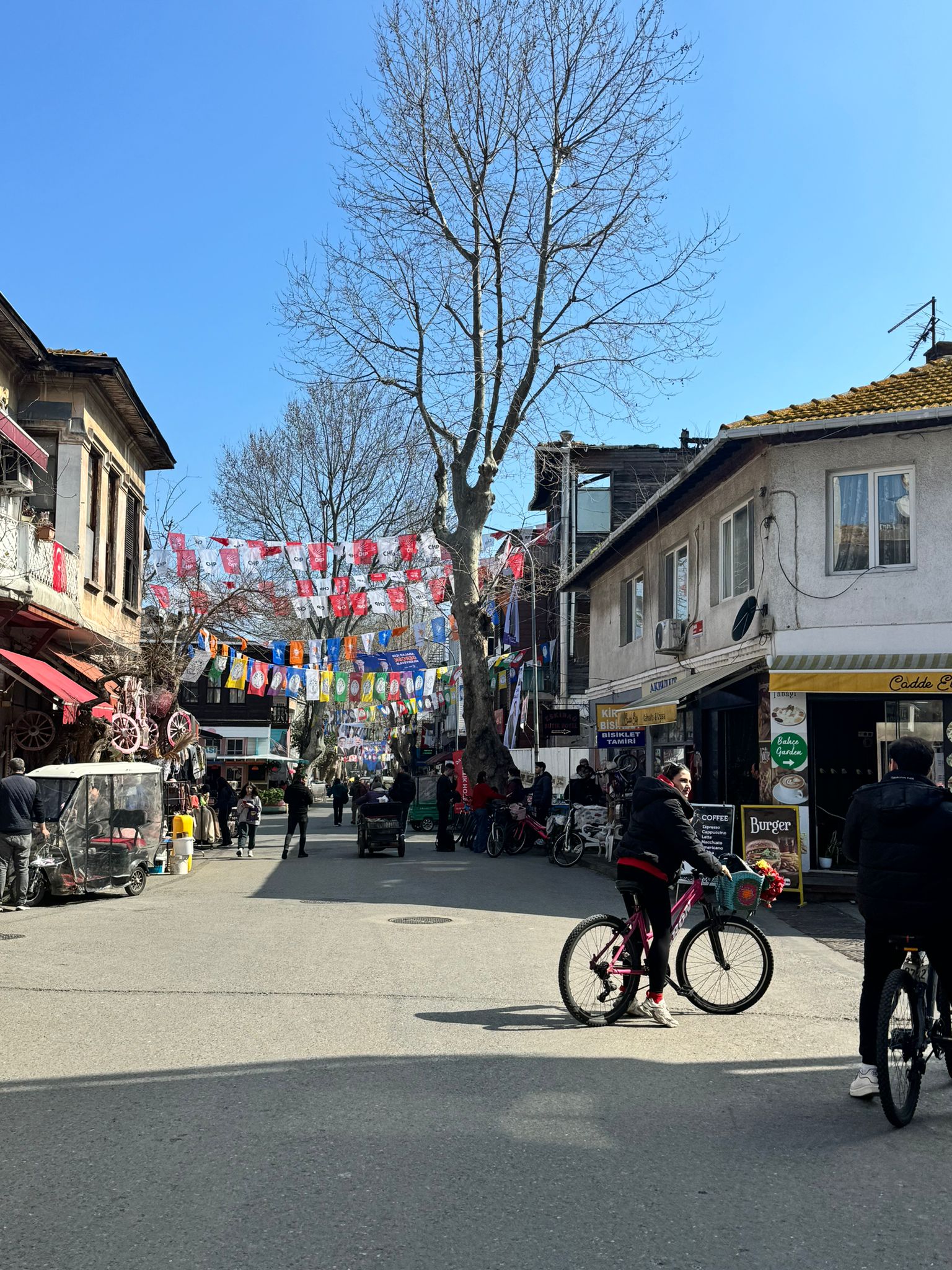Büyükada, the largest of the Princes’ Islands in the Sea of Marmara, has a rich and captivating history that stretches back thousands of years. This tranquil, pine-scented island just a short ferry ride from Istanbul has been home to Greeks, Romans, Byzantines, and Ottomans, each leaving their mark on its winding lanes and grand wooden mansions.
The First Inhabitants
Archaeological evidence suggests that Büyükada, known as Prinkipo during Byzantine times, was inhabited as early as the 6th century BC by Greeks from the city of Miletus. They were drawn to the island’s abundant fresh water sources, mild climate, and fertile soil perfect for cultivating grapes, olives, and figs. The ancient name Prinkipo comes from the Greek “prin kipos” meaning “First Island.”
Roman and Byzantine Rule
During Roman times from 330-670 AD, the island was a popular summer resort area for the wealthy citizens of Constantinople (modern-day Istanbul). Grand villas and monasteries began to appear, some of the remains of which can still be seen today. After the division of the Roman Empire, Prinkipo came under Byzantine rule and many of the island’s most impressive churches, monasteries and other buildings were constructed during this era.
The Princes’ Islands Exile
The Princes’ Islands including Büyükada entered a new chapter in the 17th century when the Ottoman sultan started exiling disgraced or potential rival princes to the islands to defuse threats to the throne. Many grand wooden mansions known as “konaks” were built to house these royal exiles and their large retinues of family members, servants and tutors. Living in luxurious confinement away from the intrigues of the palace, the exiled princes became forced admirers of the islands’ natural beauty. Some planted forests, commissioned pavilions, and built waterfront mansions that can still be admired today.
A Cosmopolitan Hub
By the 19th century, Büyükada had become a thriving, cosmopolitan summer resort area for the elites of Istanbul. Wealthy Greek, Armenian, Jewish and Turkish families built opulent summer homes on the island, seeking refuge from the city’s heat and crowds. Social clubs, Greek Orthodox monasteries, schools and elegant promenades gave the island a cultured, refined air. Horse-drawn phaeton carriages became the primary mode of transport on the island due to the lack of motorcars.
Today, many of Büyükada’s elegant mansions from its 19th century heyday have been preserved, including the splendid Hagia Yorgi monastery complex and Prinkipo Greek Orthodox Orphanage buildings. Visitors can even stay in some of the historic mansions that now serve as boutique hotels. While exploring the island’s quiet lanes, lovely churches and quaint cafes, it’s easy to feel transported back to a more genteel, bygone era.
Legacy of the Lords of the Isle
Although now a peaceful holiday escape, echoes of Büyükada’s storied and turbulent royal past still linger across the island. The remains of the palace where sultan’s sons were once imprisoned are a sobering reminder of the island’s darker chapters. But the splendid konaks and sweeping waterfront vistas are a testament to how Büyükada ultimately became an idyllic sanctuary for the princes, and later for all those seeking to escape the burdens of court life or urban cares. The Lords of the Isle may have arrived as exiles, but by leaving their indelible imprint across Büyükada, they ensured their legacy would endure down through the centuries.


Comment (0)